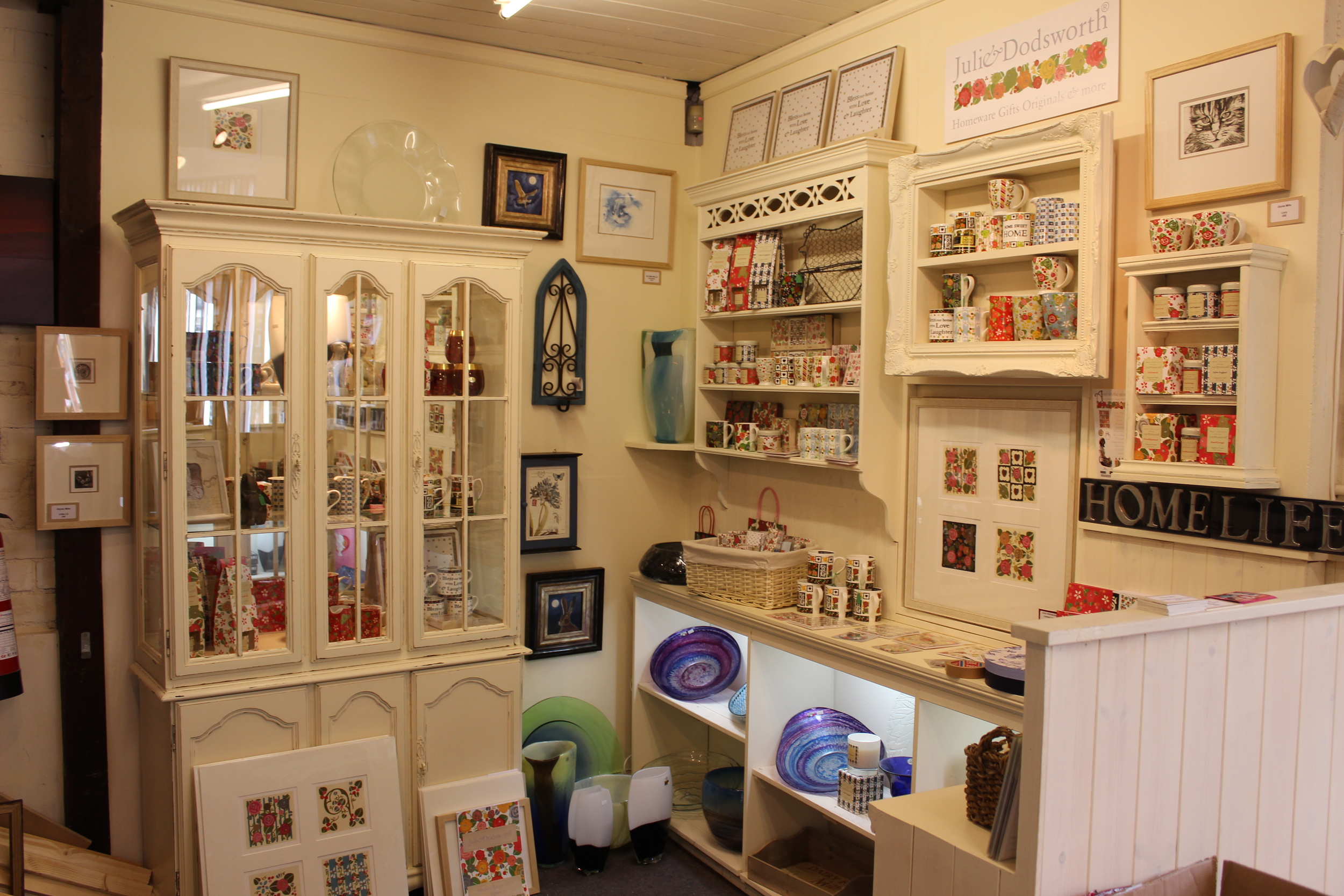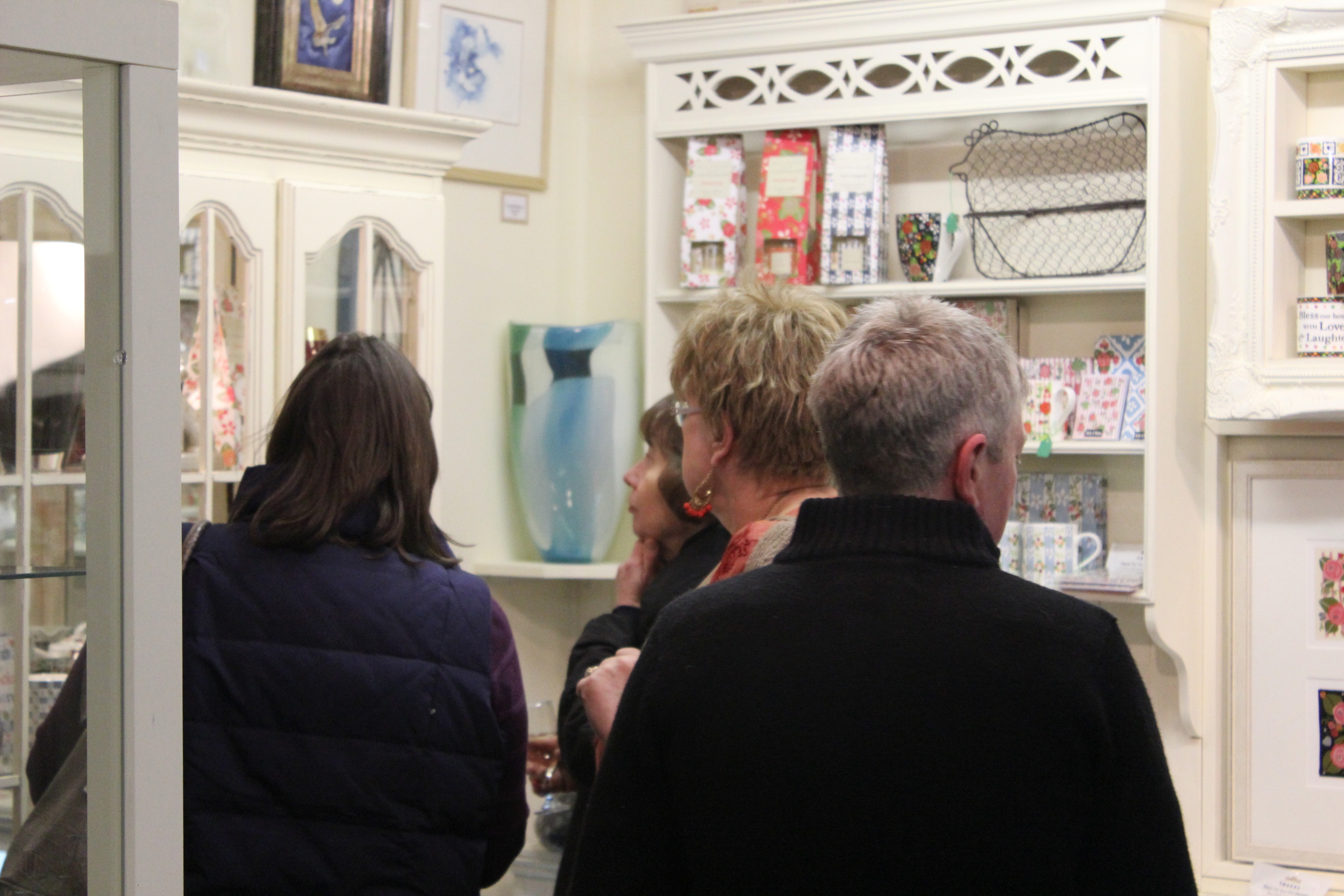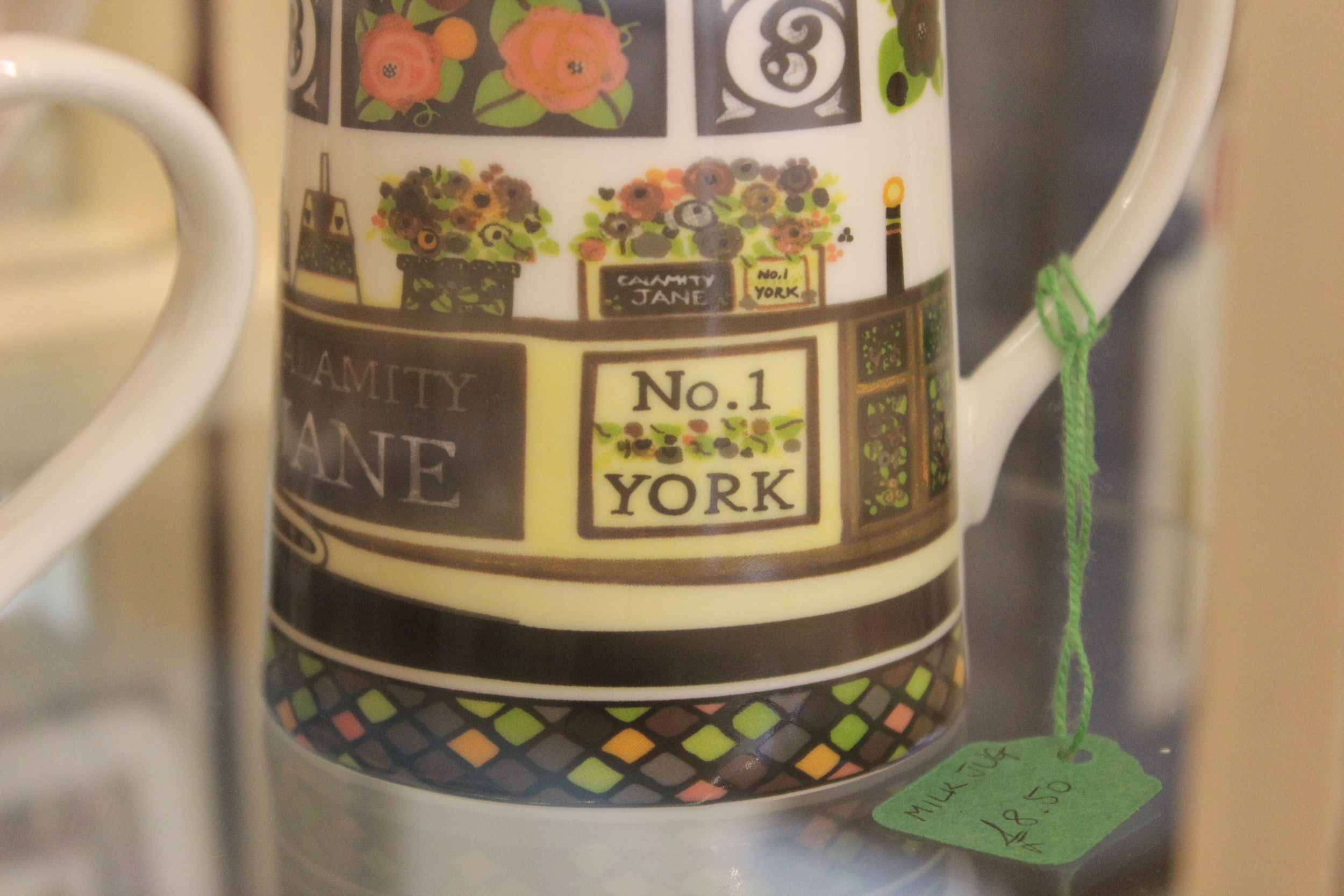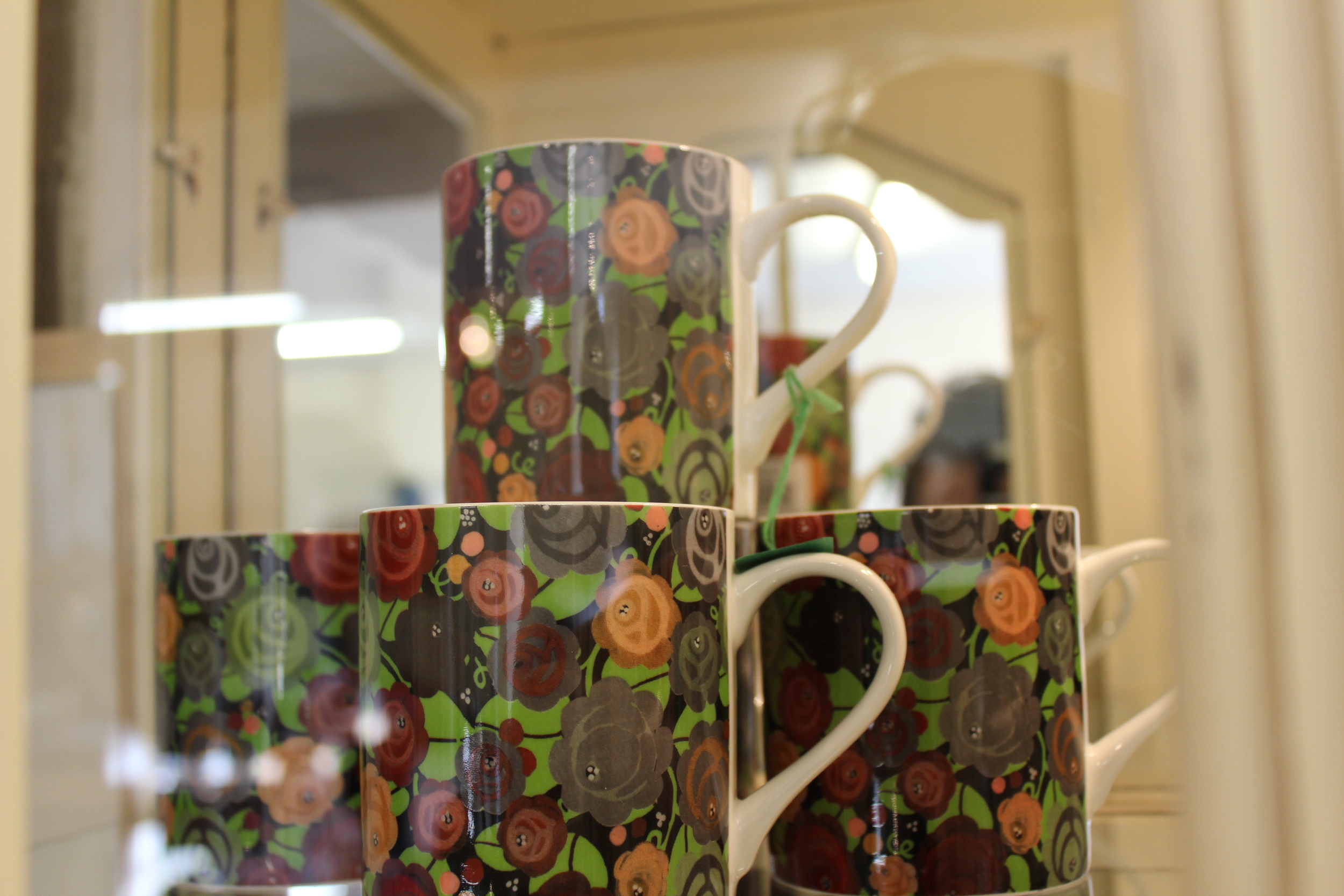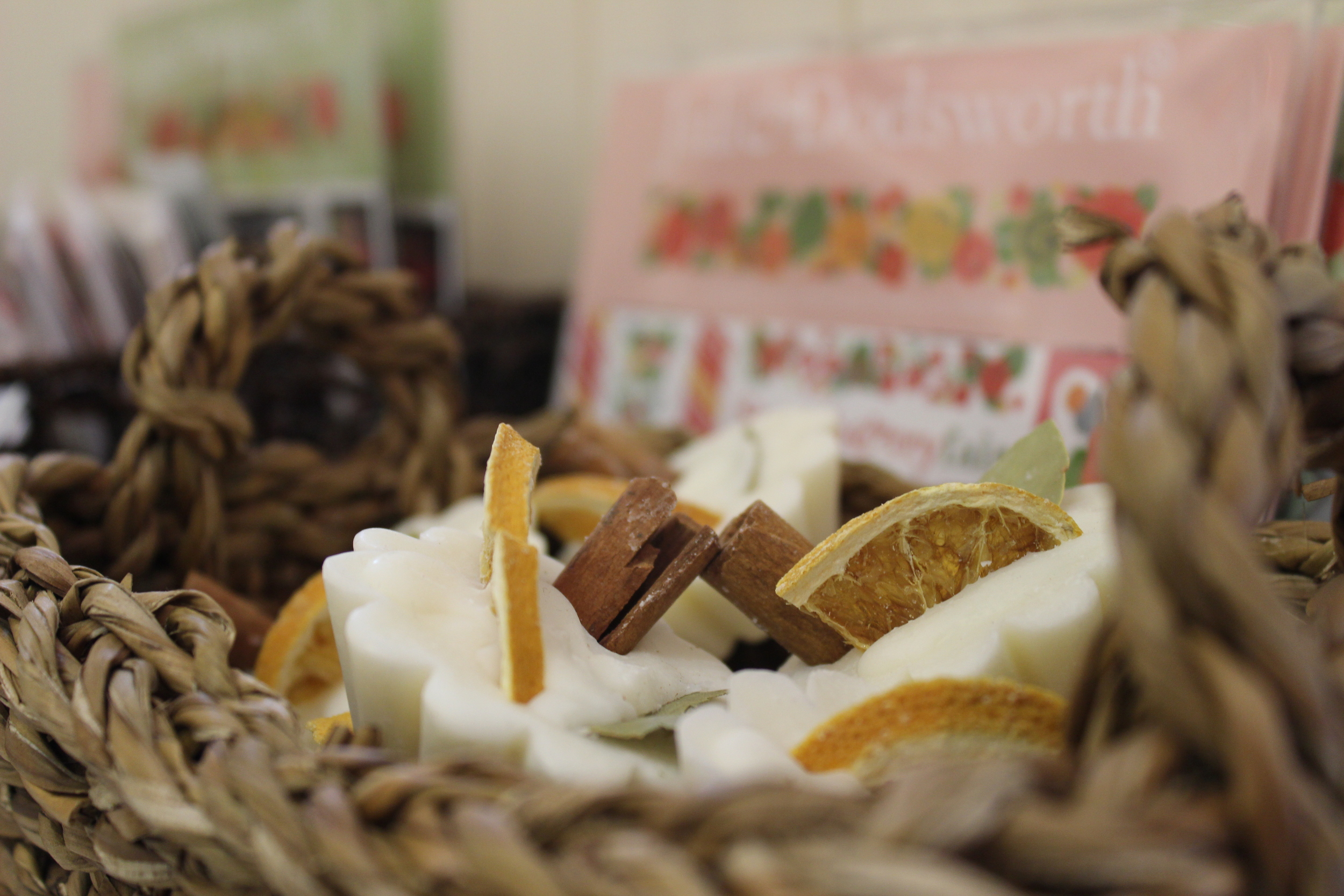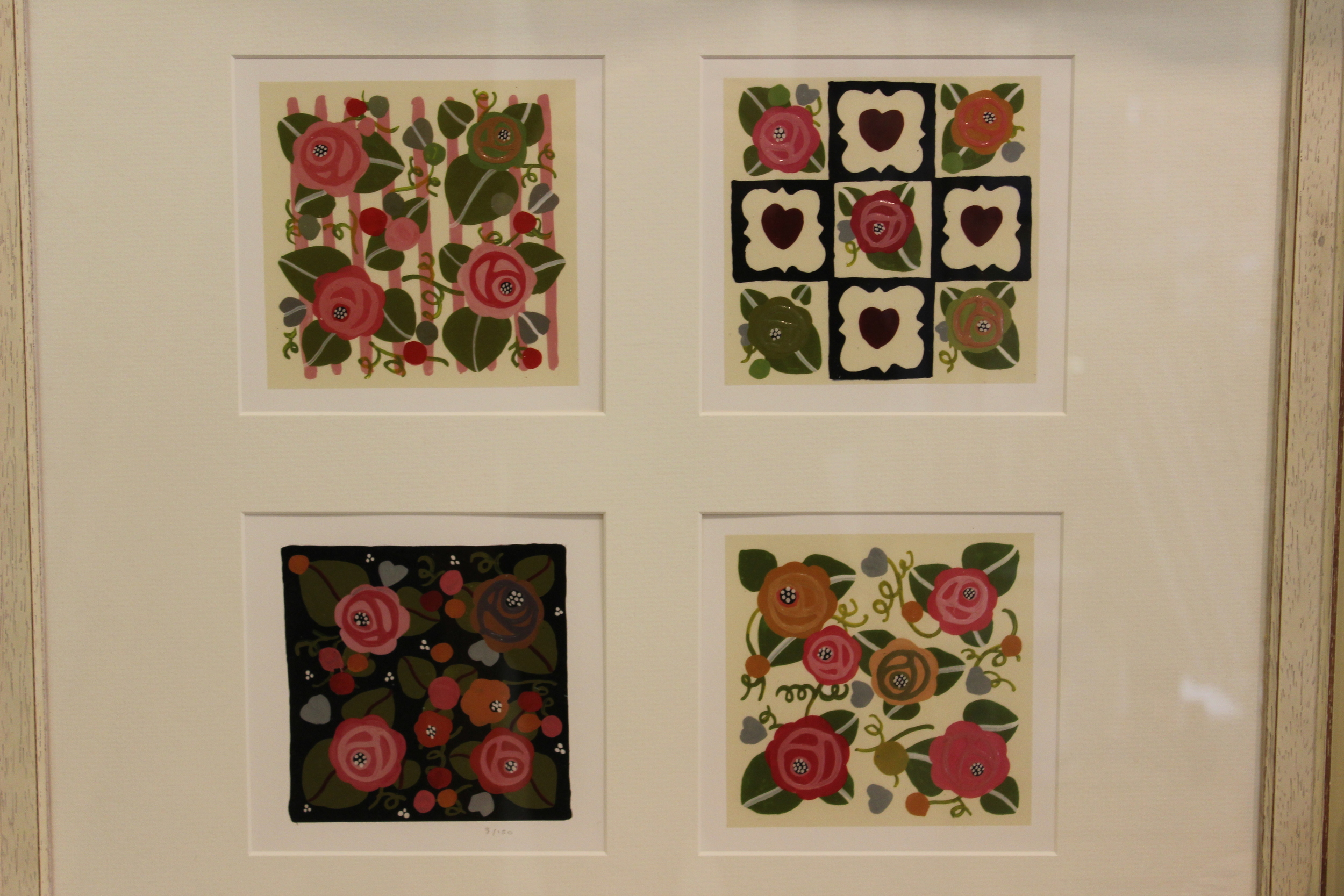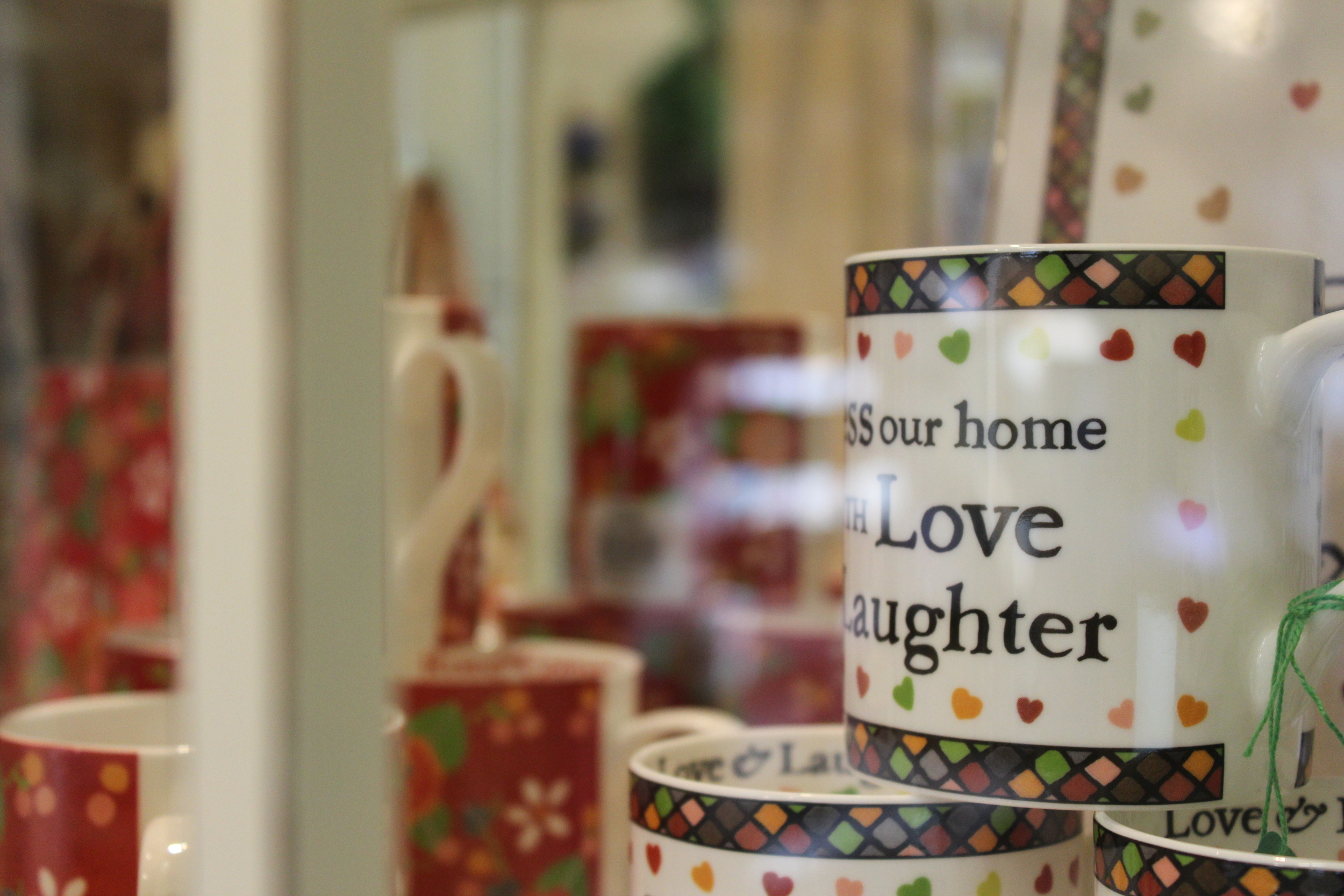Hello everyone.
Its been a while since I posted anything. Needless to say I've been very busy having just moved to London to begin my studies at Goldsmiths University of London. Whilst I'm still part of Gallery 42, managing the website and overseeing other developing areas of the business, I now live in the bustling area of New Cross within easy access of central London and its wealth of galleries and cultural gems.
Which is not in any way to say there are no cultural gems around here - never have I encountered such an exciting, diverse place that seems to thrive on the very notion of multiculturalism that in some places in Britain I have encountered, is still just a government ideal and less of a concrete way of life.
Goldsmiths itself, for anyone that has been or heard of it, is pretty much the London hub of creativity and humanities. Whilst part of the larger University of London community, its relaxed atmosphere coupled with its rigorous intellectual stimulation results in a brilliant place to study. Already I have met some fascinating and indeed barking mad people. This wonderful bubble, this hub of the 'now', is a wonderful environment indeed.
So what does this mean for anyone who reads this blog? Well, it means more regular posts. I'm encouraged to keep a journal over my degree so I thought what better way to do that than to focus once again on regular blog updates. I'll be writing reviews of exhibitions and things on in London and with posts written for Gallery 42 (as this is still an independent blog) I'll be relating everything back to Tadcaster and North Yorkshire
Today's post is about the current exhibition at Tate Britain, 'Lowry and the Painting of Modern Life'.
It's the best exhibition I have ever seen in a Tate Gallery. Hands down - and I've seen the Hirst retrospective, the Lichtenstein, the Schwitters, Turner, Monet, Twombly, Glam!... Many exhibitions! But the way this one was curated, the way it was just a little bit more engaging than those other exhibitions because you felt like you were part of Lowry's journey. The curator laid the stepping stones and the etherial hand of the late artist seemed to reach down, sweep you up and carry you gently through. Yet the emotions and images present in the exhibition remained powerful; one could say you leave feeling a new lease of life and appreciation for present being.
The exhibition begins with a modest selection of works, some of which are well known - chances are whichever Lowry work(s) you know, you'll see them here - and some of which I had not encountered before. I shall not list them so as not to give away any spoilers (except one work listed lower down the article) or encourage you to skip rooms to see a work of note. Just don't worry; the piece you want to see is there somewhere. Anyway, these works set a benchmark, a certain start-line, a springboard that allows the rest of the exhibition to flourish in its wake. By this I do not mean the first room is worse than the others - by allowing the exhibition to flourish it is merely modest in its conception and this is a wonderful, well set-out thing, although full of works indeed.
As one encounters immediately the iconic matchstick forms of Lowry's mental design, we find ourselves discovering many of the places we know and love in his works are not of this world. Although based in reality and often studied from the truth, they are moved, changed and redesigned so that the matchstick characters inhabit a world that is not quite our own. Instead it is the closest, often the darkest true comparison to life as Lowry grew up in the North.
Allen Tortice, Tram Scene, Oil on Canvas, 2013 - Collection of Steve Lawson
Photograph property of Steve Lawson , 2013
S I D E N O T E
The artist Allen Tortice, who exhibits with us occasionally, has recently produced what we at Gallery 42 consider to be his most fascinating work to date. Allen's work is extraordinarily similar to Lowry's, depicting the North as he sees and remembers it, in its black and white form that speaks the truth about what the North is and was. Allen's works are generally a little brighter in colour than Lowry's, and his matchstick forms are somewhat more advanced you might say. What is certainly true is that both painters are great to compare and we have begun plans for an exhibition of 'Nothern Artists'. Both Lowry and Tortice will be displayed together in an exhibition for the first time, alongside other Nothern artists such as those we are close to and artists like G W Birks. More details shortly.
A consideration both in Tortice and Lowry's work is the timeless ephemeral. What do I mean by this, for the ephemeral applies to transitory, fleeting moments? I mean the timelessness of these moments in the greater historical spectrum. There are always conversations, dog-walkers and contemporary advertisements. There is always the blackness of industry (though it is distinctly less coal orientated up in't North nowadays, lad). These are apparently eternal concepts that evolve via different stages of ephemerality.
The forms in the first room of the Lowry exhibition do not change a great deal. But their changes are necessary to keep a certain currency with the moment. Perhaps it is the concepts of these events that are really the timeless aspects? Into the second and third rooms of the exhibition this is the primary consideration as we compare Lowry's work to that of artists like Pissarro and Utrillo as well as Lowry's French mentor, whose name currently escapes me and therefore whose name I endeavour to add in shortly. The Impressionist idea of fashioning 'the moment' into history is certainly one that inspired Lowry and his methods of conveying the present are inspired by these great French canvasses. This was perhaps the most intriguing and indeed one of the least well-known aspects of Lowry's artistic life and inspiration.
Into the fourth and fifth rooms, we see a host of famous canvasses, including that depicting the church at Berwick-upon-Trent (spoiler given, my apologies... But you knew it'd be there if you know lowry), which I believe we have a signed print of selling at Gallery 42. This room explores a key phase of rather rapid production in Lowry's life as he strives to capture the mundane, the brilliant and the overall everyday. As the room divider calls, we are beckoned into the dark world of industry and the dark marks made by man on the landscape. Darkness prevails as we see more of Lowry's health and illness based canvases, which are stark and rather shocking. Lowry's magnificent diversity in choosing his subjects seems almost unparalleled, especially considering the fact they are almost always based on no-one in particular other than those characters seen in the town.
As the last room arrives (or rather, for walls cannot wander curiously through exhibitions, we arrive at it) we are shown the 5 panoramic canvasses together for the first time in history. This is a highlight of the exhibition and one of the lasting examples of Lowry's outstanding vision. Commissioned by the Festival of Britain, aiming to re-invigorate the country post-war (though in my opinion Lowry's sombreness makes this an interesting consideration) as well as celebrating the best that Britain had to offer (there my skepticism ceases indeed!), these fantastical creations are all the more impressive when Lowry reveals he had no idea what to do, instead painting a church or house or building in a certain place and repeating this layering method until a townscape was formed. You can imagine it, yes - but can one ever imagine from which painted construction these canvasses began?
The only thing the last room fails to do, in my eyes, is consider Lowry's death in a full way. This, to me, seems a constant factor of exhibitions. They seem reluctant to confirm the termination of an artist by natural or otherwise means. Death is a subject many artists deal with until they themselves succumb to its inevitable skeletal hand. Why should the curator not confront death him/herself? Why not confront the patrons with the artist's death? For in my opinion this is necessary. The legacy of an artist is as equally fascinating as the art they produce. Yes, I am aware not all artists are dead - but those that are, at least when become a curator, will receive this final chapter immortalised in the exhibition.
For an exhibition is an eternal space. Physically it is only temporary, but its efforts are marked and it should be the case that patrons do not forget their experiences and lessons. To mark the death of an artist is not to terminate his significance in the public eye, rather to draw a solid line that marks the end of their active practice, but the beginning of their active post-humous legacy.
The exhibition's last day is the 20th of October.

